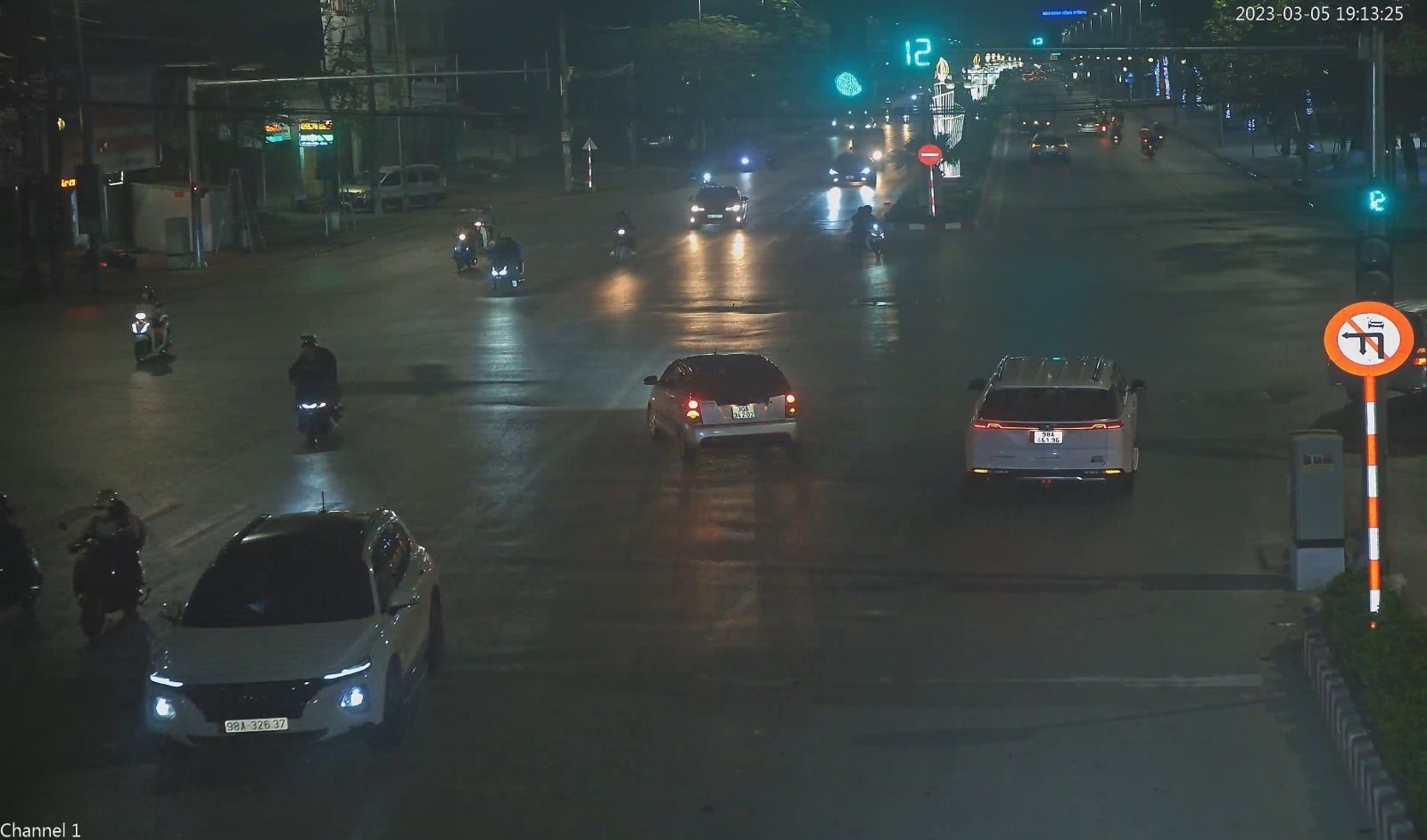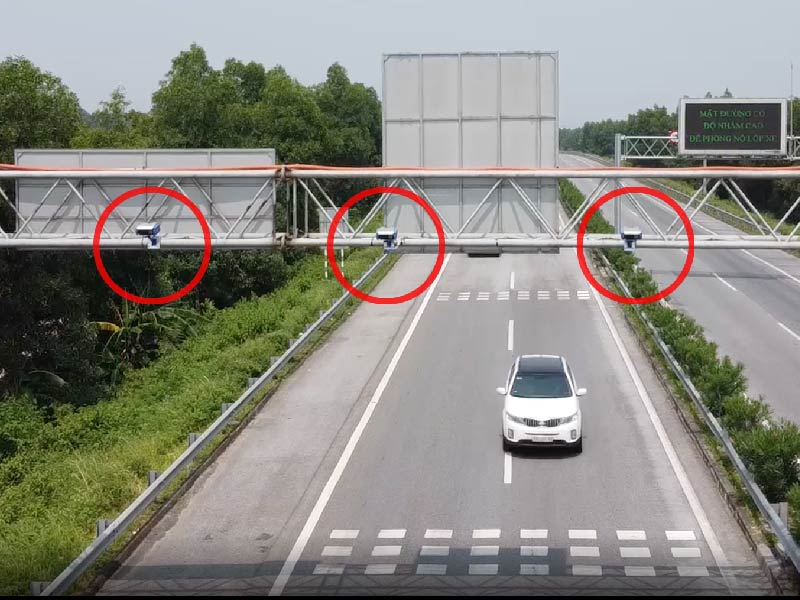[camera phạt nguội vi phạm giao thông bắt đầu hiệu quả]

Executive Summary

The implementation of automated traffic violation enforcement systems, commonly known as “camera phạt nguội,” is significantly impacting road safety and driver behavior in Vietnam. This article delves into the effectiveness of these systems, exploring the various aspects of their operation, addressing common concerns, and examining their overall contribution to improving road safety. We will explore the technology behind the cameras, the legal framework governing their use, and the impact they’ve had on reducing traffic violations. Furthermore, we’ll address frequently asked questions and provide a comprehensive overview of this transformative approach to traffic management. The aim is to provide a clear and informative resource for drivers, policymakers, and anyone interested in understanding the evolving landscape of traffic law enforcement in Vietnam.

Introduction
The introduction of camera phạt nguội systems across Vietnam marks a significant shift in traffic law enforcement. These automated systems, using speed cameras and other technologies, capture violations like speeding, running red lights, and not wearing helmets. This approach moves beyond traditional, often reactive policing, towards a more proactive and data-driven method of improving road safety. The effectiveness of these systems is already being felt, leading to a decrease in reported accidents and a change in driver behavior. This article explores the various facets of this crucial development.
Frequently Asked Questions
Q: How do I know if I’ve received a violation notice? A: You will typically receive a notice via mail, including details of the violation, photographic evidence, and instructions on how to pay the fine. It’s vital to check your registered address regularly.
Q: What happens if I don’t pay the fine? A: Failure to pay the fine within the stipulated timeframe will likely result in escalating penalties, potentially including further fines, license suspension, or even legal action. Prompt payment is strongly advised.
Q: Are the cameras always accurate? A: While technology strives for accuracy, there’s always a small margin of error. If you believe a violation notice is incorrect due to a technical fault, there are usually processes in place to appeal the decision. Carefully review the evidence provided and follow the appeals procedure outlined in the notice.
Công nghệ camera phạt nguội
The technology behind camera phạt nguội is constantly evolving, becoming more sophisticated and accurate. Many systems utilize advanced image recognition and AI to automatically detect and classify violations.
High-Resolution Cameras: These capture clear images, providing undeniable evidence of violations. The detail allows for accurate identification of license plates and the context of the offense.
AI-Powered Image Analysis: Sophisticated algorithms analyze captured images in real-time or post-capture, identifying violations such as speeding, red-light running, and lane infractions. This automated process significantly increases efficiency.
Speed Detection Systems: Radars and laser systems accurately measure vehicle speeds, providing indisputable evidence for speeding tickets. These are often integrated with camera systems for comprehensive data capture.
Integration with Databases: The systems are linked to national vehicle registration databases, automatically identifying vehicle owners and streamlining the violation notification process. This eliminates the need for manual data entry.
Data Analytics and Reporting: The collected data provides valuable insights into traffic patterns and accident hotspots, allowing for targeted improvements to road infrastructure and traffic management strategies. This data-driven approach is key to long-term road safety improvements.
Networked Camera Systems: Many systems use a network of interconnected cameras to monitor broader areas, providing a more comprehensive view of traffic flow and identifying violations across multiple locations. This allows for wider area coverage and enhanced effectiveness.
Khung pháp lý của camera phạt nguội
The legal framework surrounding camera phạt nguội is critical to its legitimacy and effectiveness. Clear and transparent laws are essential to ensure fairness and public acceptance.
Legal Basis: The legal foundation for the system must be clearly established through legislation, outlining the types of violations covered, the penalties for each infraction, and the procedures for issuing and appealing notices.
Transparency and Due Process: The system must guarantee transparency, providing drivers with clear information about where cameras are located and the specific violations they detect. A fair appeals process is also crucial.
Data Privacy: Robust data protection measures are essential to protect the privacy of drivers. Data collected should be used solely for enforcement purposes and handled in accordance with privacy regulations.
Calibration and Maintenance: Regular calibration and maintenance of the camera systems are necessary to ensure their accuracy and reliability. This ensures the fairness and reliability of the enforcement system.
Public Awareness Campaigns: Public awareness campaigns are vital to educate drivers about the system, its purpose, and how to avoid violations. This promotes compliance and reduces the number of infractions.
Judicial Review: A clear process for judicial review should exist, allowing drivers to challenge the validity of issued notices if they believe an error has occurred. This process ensures the system’s fairness and prevents abuse.
Tác động của camera phạt nguội đến an toàn giao thông
The impact of camera phạt nguội on road safety is undeniable, leading to observable changes in driver behavior and a reduction in accidents.
Reduced Speeding Incidents: The presence of speed cameras acts as a powerful deterrent, significantly reducing speeding incidents, a major cause of accidents. Drivers are more likely to obey speed limits when aware of enforcement.
Fewer Red-Light Violations: Cameras detecting red-light running have demonstrably reduced the number of such violations, minimizing the risk of dangerous intersections. This has a positive impact on accident rates.
Improved Helmet Usage: Cameras that identify helmet violations have led to a noticeable increase in helmet usage, particularly among motorcyclists, a particularly vulnerable group. This helps significantly in reducing head injuries.
Increased Driver Awareness: The mere presence of camera phạt nguội systems creates increased driver awareness and encourages more responsible driving behavior. This is a key factor in improving overall road safety.
Data-Driven Improvements: The data collected by the system allows for targeted improvements to road infrastructure and traffic management strategies, such as better signage and traffic calming measures. This results in proactive solutions.
Reduction in Accident Rates: Overall, studies show a strong correlation between the implementation of camera phạt nguội systems and a reduction in traffic accidents and fatalities. This is the ultimate goal of the program.
Thách thức và giải pháp cho camera phạt nguội
Despite its benefits, the camera phạt nguội system faces challenges that require addressing to ensure its continued success and public acceptance.
Public Acceptance: Building public trust and acceptance requires transparency and clear communication. Addressing concerns about fairness and the potential for misuse is essential.
Technological Limitations: While technology is constantly advancing, occasional inaccuracies or malfunctions can occur. Robust systems for handling appeals and addressing errors are crucial.
Infrastructure Costs: Implementing and maintaining a comprehensive system requires significant investment in infrastructure and technology. Cost-effective solutions and efficient resource management are vital.
Data Security and Privacy: Protecting driver data is paramount. Strong security measures and compliance with data privacy regulations are necessary to maintain public trust.
Enforcement and Appeal Processes: Efficient and fair enforcement and appeal processes are vital to ensure that the system operates fairly and is perceived as just. Streamlining these processes can improve public perception.
Equitable Enforcement: Ensuring equitable enforcement across all areas and avoiding discriminatory practices is important for maintaining public trust and acceptance.
Conclusion
The introduction of camera phạt nguội systems in Vietnam represents a significant advancement in traffic law enforcement and road safety. While challenges remain, the positive impact on reducing traffic violations and improving road safety is undeniable. The success of this system depends on ongoing improvements to technology, a robust legal framework ensuring fairness, and effective public communication fostering trust and understanding. By addressing the challenges and building upon the existing successes, Vietnam can continue to leverage this technology for a safer and more efficient transportation system. The ongoing evolution of this system will undoubtedly contribute significantly to safer roads for all.
